#hyperion
Text

#lilith the siren#handsome Jack#borderlands#the pre sequel#bltps#lilith the firehawk#Hyperion#my art#meme
173 notes
·
View notes
Photo
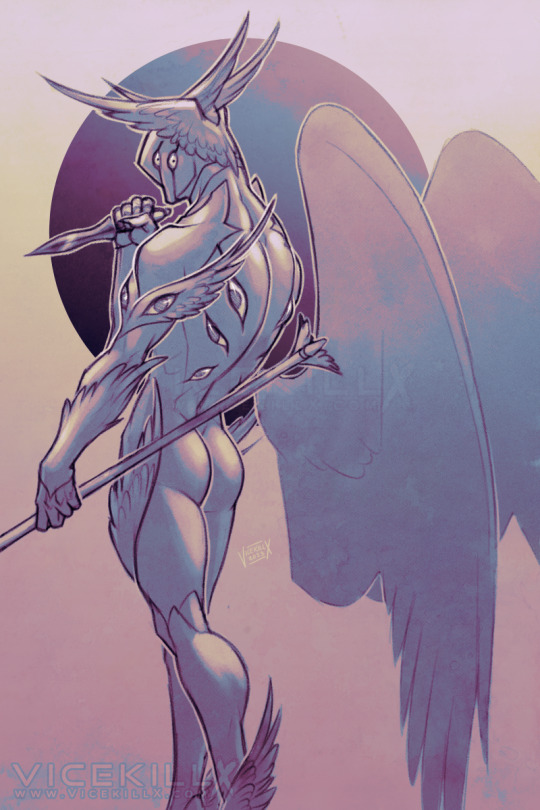
Hyperion
shushup was kind enough to buy me an absolutely delicious robot cowboy adoptable in exchange for a commission. I ended up experimenting a lot and having an absolute blast with it, so now i have another new thing to fuck around with :V
hyperion being a total babe is just a nice bonus
(cheeky spicy version available on my other platforms)
Hyperion © shushup
Art © VicekillX
#angel#biblical angel#biblically accurate angel#teratophlia#exophilia#monsterfucker#monsterfucking#hyperion#shushup#shushupart#angel oc#monster oc#vice draws#trades
333 notes
·
View notes
Text
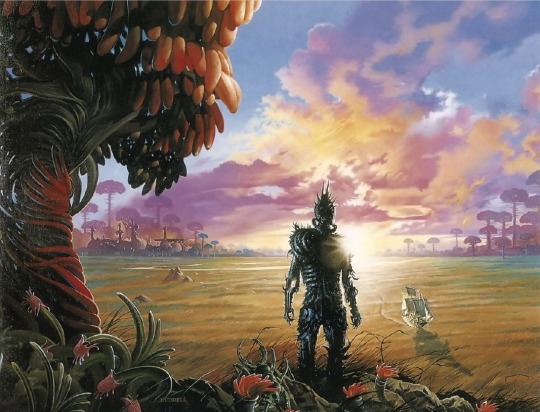
Art by Gary Ruddell for Hyperion by Dan Simmons
295 notes
·
View notes
Photo


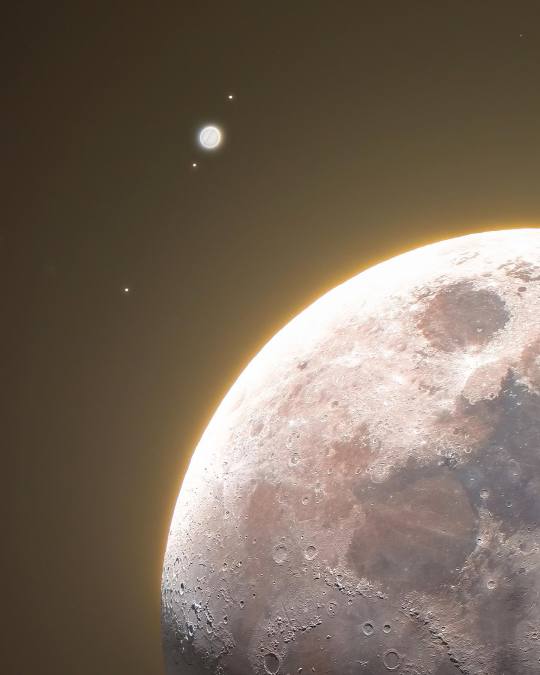

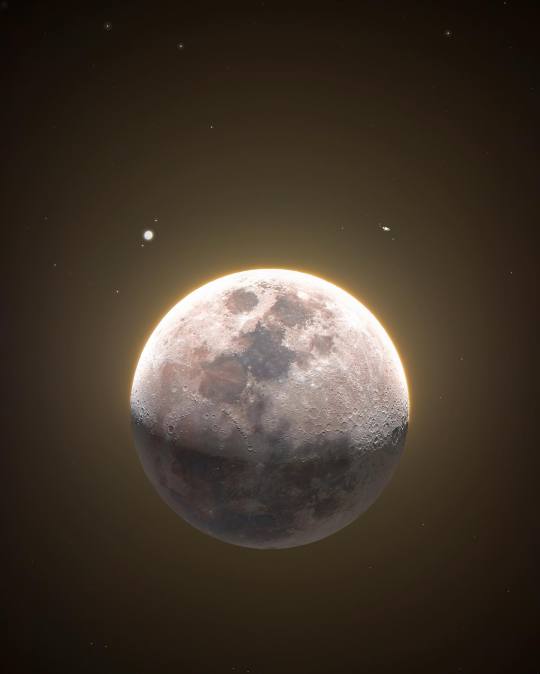
“ Moon and the two giants “ // Rami Ammoun
#Richmond#Virginia#United States#nightsky#astrophotography#Moon#conjunction#Jupiter#Saturn#Ganymede#Io#Europa#Callisto#Lapetus#Rhea#Dione#Tethys#Titan#Mimas#Hyperion#space#aesthetics#explore#follow#discover
425 notes
·
View notes
Photo

The Shrike meets Colonel Kassad in combat in the sands of Hyperion.
A fan work before I found out Dan Simmons sort of sucked.
668 notes
·
View notes
Text
I nodded, understanding nothing.
― Dan Simmons, Hyperion
#This is my new absolute favorite quote#Hyperion is so good so far!!!#I rarely read sci-fi but damn#anyway I read this and laughed out loud and could imagine Romanus doing this xD#Will def use this sorry Simmons#Imitation is the highest for of flattery or somethng#Hyperion#quotes#inspiration
247 notes
·
View notes
Text
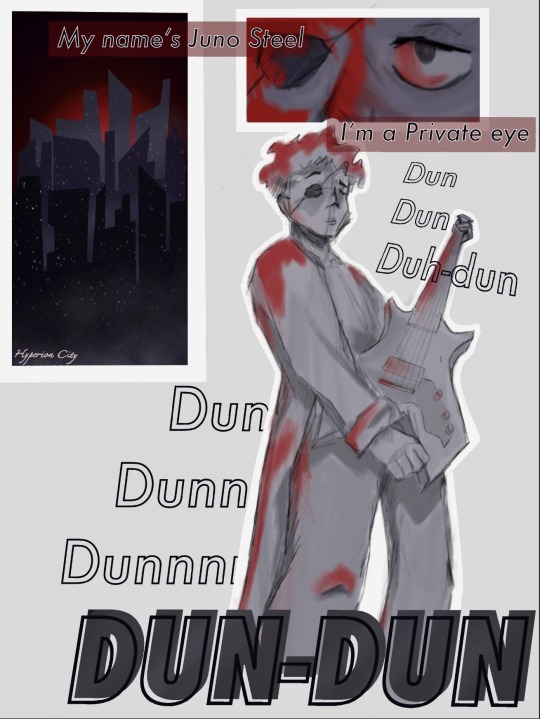
I made a post a while back making a joke about Juno playing the Hyperion City brooding music™ on guitar for his internal monologues and had to visualize it
#juno steel#Hyperion city brooding music#dun dun dunnn#dun dun duuuuun#the penumbra#junoverse#tpp juno#tpp#tpp peter#peter nureyev#the penumbra podcast#the penumbra fandom#tpp season 4#juno#hyperion city#hyperion
195 notes
·
View notes
Text


Hyperion: You defeated Atlas???
Percy:

#percy jackson#pjo#the last olympian#tlo#hyperion#one thing about percy is that he has the Audacity™️#percy jackon and the olympians
67 notes
·
View notes
Text

Titan Couple: Hyperion & Theia.
#mythology#greek mythology#myart#anti lore olympus#anti lo#my artwork#mythology art#greek mythology art#my art#Titans#titan#titaness#hyperion#hyperion art#theia#theia art
56 notes
·
View notes
Text
Just going to predict that Cecil Kanagawa will make an appearance in the next few episodes.
I think with Juno missing Hyperion, he's going to end up going back and possibly pay Cecil a visit.
I think the writers are probably aware of how much people want to see him in the series again.
69 notes
·
View notes
Text

Pain in person
47 notes
·
View notes
Text

#handsome jack#vaughn the money man#borderlands#meme#hyperion#my art#Tftbl#tales from the borderlands#borderlands 2#bl2
42 notes
·
View notes
Text







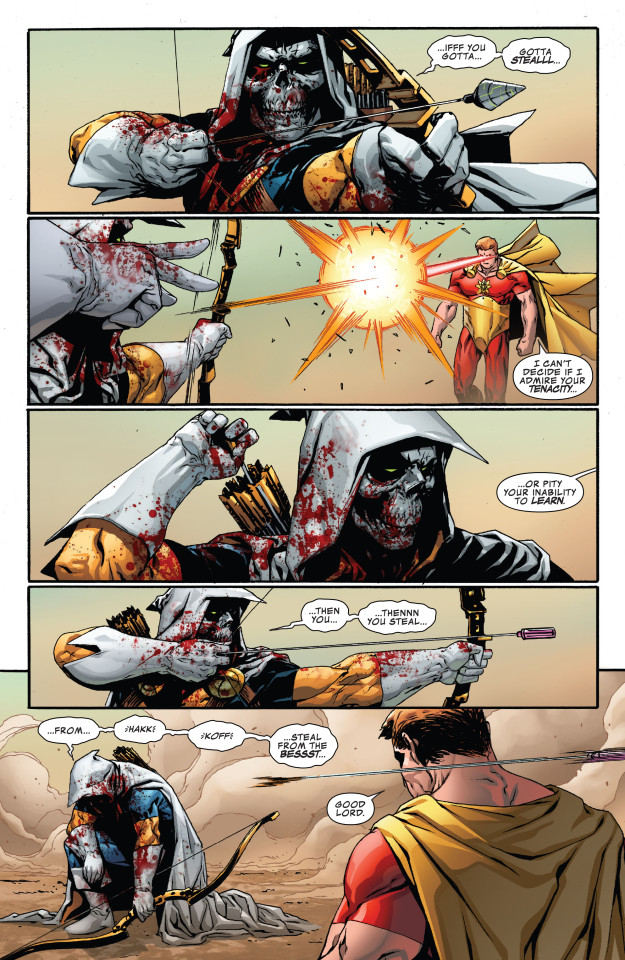


Taskmaster #2
54 notes
·
View notes
Text
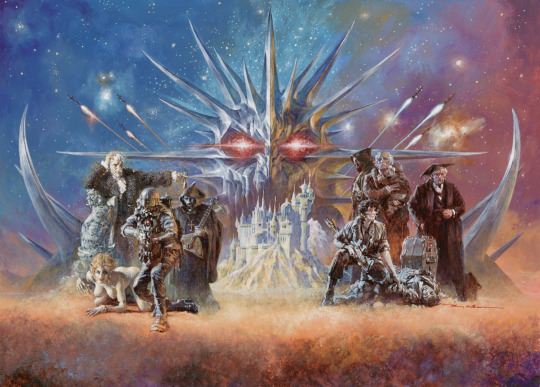
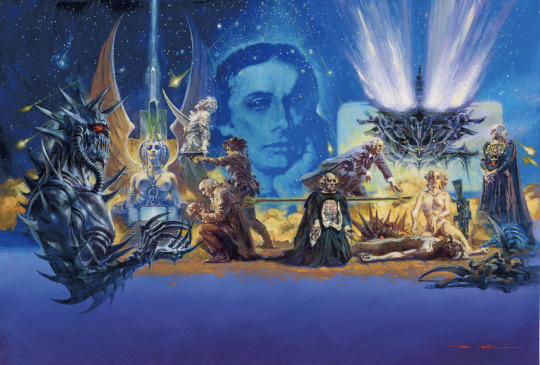
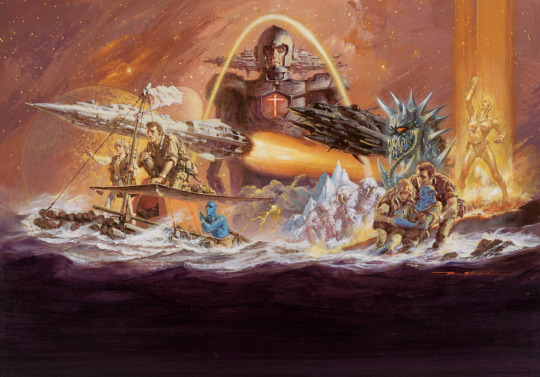

Art by Noriyoshi Ohrai for Dan Simmons’ Hyperion Cantos
334 notes
·
View notes
Text
I already made a post about it before, but since a lot of people are coming around for more Greek mythology content, I thought "Why not take off the dust from old talks?", and thus here is my redo-post about the Homeric vs Hesiodic tradition.
I am summarizing here greatly but... We all know that Homer's epics (The Odyssey and the Iliad), and Hesiod's works (The Theogony, Of Works and Days) form the "basis" of Greek mythology as we know it today, as they are the oldest literary records of Greek mythology we have, and the Ancient Greeks themselves shared the same opinion, even going as far as using them and analyzing them to understand their own religion.
And yet, despite this set of works being considered together as a "whole", Hesiod and Homer actually presented two different visions of the Greek mythology and the Greek pantheon, often contradicting - and many of the "There's thousands versions of a same myth" trend about Greek mythology comes from the fact that these two fundamental set of works were already in conflict.
Why? Long story short it is agreed that Homer was the oldest of the two, and that in his works he reflected an older, more primitive state of the Greek religion and Greek gods. Meanwhile Hesiod, the "youngest", collected a more modern and recent set of beliefs that would become the dominant Greek theology of Ancient Greece. There's a lot of interesting debate and scholarly study about this, but in this post I just want to collect and highlight a few key differences between the "Homeric" and "Hesiodic" traditions, to again remind people that you are not always forced to stick to one version, since already at the beginning of all there were TWO recorded versions, from which many many more different spawned afterward...
KEY DIFFERENCE 1: Everybody knows Hesiod's Theogony, and how from Chaos came Gaia and Ouranos, and from them came the Titans, and then the Olympians. One long genealogy dating back from the Earth and the Sky out of the primordial void... And yet Homer hints heavily at another cosmogony, where Oceanus/Okeanos and Tethys are not actually part of the Titan siblings (as Hesiod claims)... But the origin of all things. The parents of all the gods, and the source of all life, as many divine beings (from Hera to Hypnos) explain repeatedly. The clues scattered throughout the Iliad and the Odyssey point out to the fact the "cosmic couple" might have been originally the water deities of the sea and ocean, before being replaced by the sky-and-earth one ; and this puts under a very different light why the two stayed "neutral" during the conflict, and why Oceanos and Tethys would end up sheltering Hera during Zeus' attack against Kronos...
Key difference 2: Everybody knows the story of Aphrodite being born from Ouranos' sexual organs being cut off by Kronos and thrown into the sea... And yet Homer tells a very different story about Aphrodite being actually a daughter of Zeus. Her mother is a mysterious goddess named Dione - I say mysterious because outside of Homer, and a handful of other things, we know barely anything about her. Most of what we know is that she had an actual worship in the old Greek religion (the grove of Dodona was dedicated to her), and that all analysis and studies point out to her being a female version/counterpart of Zeus. If I recall well, from Homer making her a secondary character in his epics (with a famous scene of her comforting her wounded daughter), Hesiod made her a mere name dropped among the Oceanids.
Key difference 3: In a continuation of the previous difference, Eris, the goddess of discord, also has different parentages in both tradition. According to Homer, Eris was Ares' sister (and thus the daughter of Zeus and Hera) ; Hesiod rather described her as one of the many children of Nyx, the primordial goddess of the night. (In fact, in the Hesiodic tradition Eris took example on her mother and gave birth in turn to many malevolent and destruction personifications ; this was not the case in the Homeric works).
Key difference 4: The story of Hephaestus/Hephaistos being born of Zeus and Hera the... let's say "regular" way comes from the Homeric tradition. Hesiod actually depicts a very different birth-story ; and in quite a twist, most people today remember Homer's genealogy than Hesiod's one. For you see, in Hesiod, Hephaistos was actually conceived by Hera alone, without any male intervention. She had grown jealous of Zeus having a daughter of his own (with Athena coming out of his head). She basically interpreted this as her husband "showing off" and somehow trying to prove he did not need women to have children (I am extrapolating here but that's the core idea) ; so in return Hera decided to have a child all on her own too, and she managed to fall pregnant and have a son with her own power, no Zeus or other god involved... But the result was Hephaistos, ugly and lame.
Key difference 5: Homer placed a lot more focus on Helios than Hesiod. In fact, Helios is so present and so involved in the Homeric epics that he is basically the unofficial "thirteenth Olympian". And, while in Hesiod's Theogony the name "Hyperion" designates one of the Titans born of Gaia and Ouranos, and the father of Helios, Selene and Eos ; in the Homeric epics, instead "Hyperion" is a qualificative/synonym/alternate name of Helios himself, and not at all a distinct entity.
Key difference 6: In Hesiod's cosmogony, the Moirai are a trinity of goddesses, each with their specific name and function - the goddesses we know today. Hesiod even gives two CONTRADICTING birth-stories to explain the origin of the Moirai (if having two conflicting "founding fathers" wasn't enough, we now have a guy who contradicts HIMSELF). Hesiod alternatively describes the Moirai as either daughters of Nyx (and so part of these primordial deities of darkness and doom born somewhere in the mysterious beginnings of time) ; either as daughters of Zeus and Themis (and in this version they explicitely received their powers over fate from Zeus himself).
In Homer, the Moirai are much less defined and personified - in fact, many times - almost all the time - he refers to Fate/Destiny as a singular entity. Not only is the fate goddess singular (except for some parts of his epics that evoke a group of "weavers"), but she is as I said not very personified, not given any attribute, genealogy or description, to the point that... it seems that she was just a poetic metaphor, a rhetorical allegory, a personification more than a goddess. Instead, in the Homeric world it is Zeus that fills the role of the god of fate and destiny - changing fates and weighing destinities on his own ; a far cry from the future image of a Zeus that must bow to the laws of fate.
There are many, many more differences to point out between Homer and Hesiod - but I think those selected fews are enough to show that, even in its "foundations", Greek mythology kept offering alternative and variations ; and that by putting the ancient works back in a correct chronology order, we get fascinating evolutions (Oceanos and Tethys replaced by Gaia and Ouranos ; Zeus losing the paternity of many important goddesses ; Zeus losing his place as a god of fate ; Helios losing importance as time went on, entire deities disappearing such as Dione...)
#greek mythology#homer#hesiod#homeric tradition#greek gods#hesiodic tradition#moirai#zeus#dione#titans#aphrodite#eris#helios#hyperion#hephaestus#hephaistos#hera
36 notes
·
View notes
Note
Maybe it's just me but everytime I read the word "Hyperion" I imagine it as an evolved-from-eevee pokemon instead of a Greek titan 💀.
I would love if eevee just evolved into a buff ass man made of pure blinding light
"HYPERION I CHOOS YOUUU!!!"
#hyperion#pokemon#greek gods#greek mythology#answered ask#asks and replies#ask answered#answered#anon <3#anon ask
49 notes
·
View notes